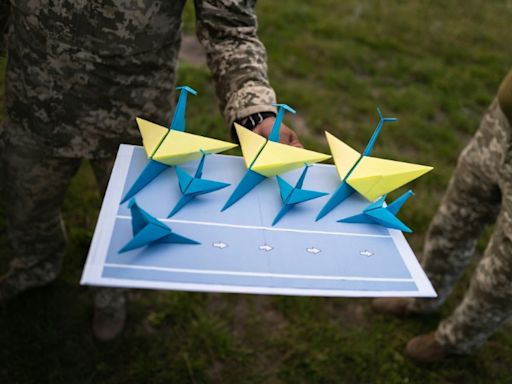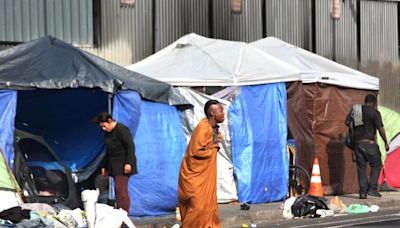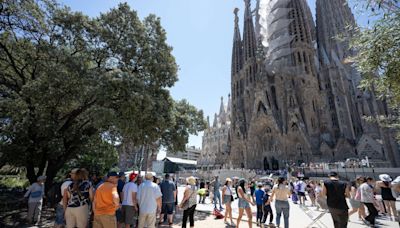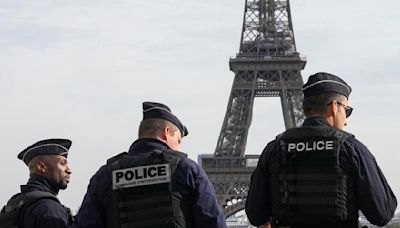Search results
The Forbidden City (Chinese: 紫禁城; pinyin: Zǐjìnchéng) is the imperial palace complex in the center of the Imperial City in Beijing, China. It was the residence of 24 Ming and Qing dynasty Emperors , and the center of political power in China for over 500 years from 1420 to 1924.
The Forbidden City (Chinese name: 故宫 Gugong 'Former Palace') was the palatial heart of China. It is an imperial palace complex of the Ming and Qing dynasties (1368–1912) in Beijing, China.
Jul 20, 1998 · Forbidden City, imperial palace complex at the heart of Beijing (Peking), China, so named because access to the area was barred to most of the subjects of the realm. Commissioned in 1406 by the Yongle emperor of the Ming dynasty, it was first officially occupied by the court in 1420.
Jun 30, 2024 · The Forbidden City, also known as the Palace Museum, lies in the city center of Beijing, and was once the Chinese imperial palace of the Ming and Qing Dynasties (1368 - 1911). It was listed as a World Heritage Site in 1987 and is the largest, best-preserved ancient timber-built palace complex in the world.
The Forbidden City is a palace complex in the center of Beijing. It is the largest imperial palace in the world. A visit to the 'Palace Museum' can be a wondrous time, or frustrating and exhausting because of its large scale. Follow our tips and advice to make your trip more relaxing and enjoyable.
The Forbidden City was the political and ritual center of China for over 500 years. After its completion in 1420, the Forbidden City was home to 24 emperors, their families and servants during the Ming (1368–1644) and the Qing (1644–1911) dynasties.
Except for paintings and some exquisite imperial treasures that are in the National Museum in Taipei, the Forbidden City is the best place to see China's imperial treasures and artifacts. You can also see the architecture of the broad plazas and courtyards, halls, walls, and gates.






